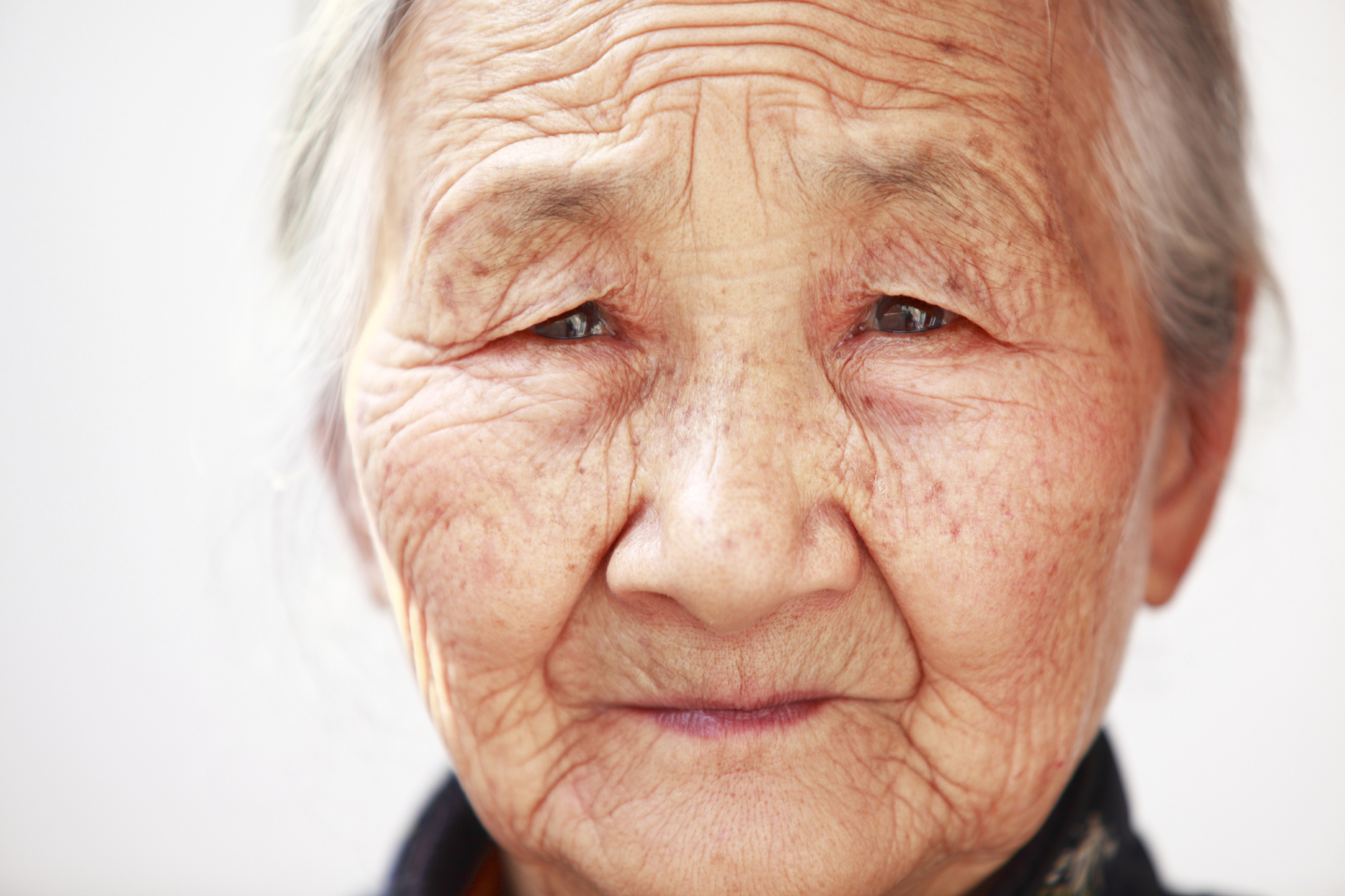The Dilemma for MNCs in China: New Technology vs. Old?
Healthcare spending in China has more than doubled from $156bn in 2006 to $357bn in 2011 and is estimated to reach $1tn by 2020 – about 6 per cent of the country’s GDP.

Pharmaceuticals sales in China have leapt from $33bn in 2008 to around $74bn in 2012. By 2015, pharmaceuticals sales are expected to exceed $100bn, larger than the markets of Brazil, Russia and India combined.1
However, the government’s need to contain costs has increased pricing pressure on drugs that now threaten the profits of multinational producers of “originator” drugs.
Until now, pharmaceutical sales have constituted 40% or more of the revenue—and almost all of the profit—of Chinese hospitals. The government aims to alter the incentive system with a zero percent drug markup policy in hospitals across the country by 2015. This commitment will strip the autonomous power of prescriptions away from hospitals and physicians, threatening to steadily erode their income.
Uneconomical
Without changing the current business model, the Bain & Company analysis shows a doomsday scenario in which the current existing originator model goes “uneconomical” within five to seven years.
In the US, where pharma companies have shifted their business models for blockbusters from relatively lower costs products that impact a large population to more specialized, higher cost products that treat smaller populations. The best examples of this are in oncology and rare diseases where the cost of treatment has gone well over $100,000 per year. With China struggling to afford even basic care for its population, these high cost western treatments have huge obstacles in China.
To provide the rapidly expanding upper-income citizen access to newer, more expensive treatments, the China government is encouraging the growth of private insurers and providers, including those that are foreign-owned. The goal is to have the private sector account for 20% of available hospital beds by 2015.
Teams of consultants are working with some of the leading hospitals in China to help them establish western standard healthcare delivery, including diagnostics, treatments, improved patient – HCP interaction and after-care follow-up. Trying to upgrade services across all disease areas at once is a daunting task so many hospitals are beginning in select specialty areas. Specialized Women’s Hospitals have been the first to emerge, since routine deliveries were the easiest services to upgrade. However, in these hospitals complicated pregnancies / delivery and neo-natal specialty care is still in need of major improvement.
Even the current “Ex-Pat / Foreigner” hospitals are in need of improvement because the care provided is not the standard of western care. For life-threatening conditions, the majority of expatriates in China leave for Hong Kong or go back to their home country for care depending on the medical insurance they have.
Two-Tier System
What is likely to emerge in the upcoming years is a two-tier system within China: (1) patients covered within an evolving social system and (2) patients with private insurance. The diagnostics, medical devices, and treatments used will likely look entirely different. Rationing of care in the social system will occur through the continued increases in patient’s out-of-pocket expenditures for non-essential treatments.
Pharma MNC portfolios will need to evolve their offerings to match this changing dynamic in the market place:
- New high-cost treatments demonstrated to be cost-effective will have a place in treatment, but likely to be in the private insurance market or patients able to afford it in the social system.
- The life-cycle of off-patent, older medications that are now cash-cows for MNCs, is likely to be significantly shortened as the quality of generics improve and the costs for patients in the social system increases.
- Lower cost, newer treatments will need to be appropriately targeted to the patient populations where their cost-effective benefits for Chinese patients have been proven.
In summary, having a portfolio and commercial execution strategy that aligns to this emerging healthcare landscape in China will be the key factor for success.
If you are interested in discussing further your portfolio or commercial strategies in China you contact me at jeffrey.frick@havasww.com.cn.
Jeffrey Frick is the General Manager of HAVAS Life of China. With over 25 years of global experience within pharma, biotech start-ups and healthcare consulting, Jeff’s column will provide unique insights from China, comparing and contrasting China’s healthcare infrastructure and delivery to practices in the west - learning and considerations that will help pharma refine its strategy for success in the future.
Sources: 1. Southern Medicine Economic Institute (SMEI), Association of the European Self-Medication Society (AESGP)
eyeforpharma Brasil 2015
O “eyeforpharma brasil 2015” reúne todos os stakeholders da saúde do Brasil – pagadores públicos e privados, operadoras, pacientes, médicos e a indústria

